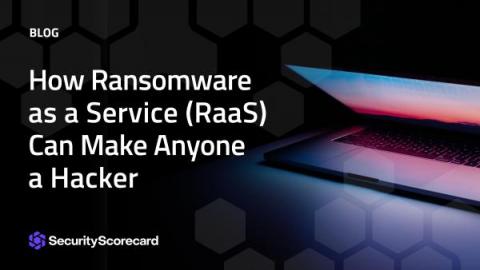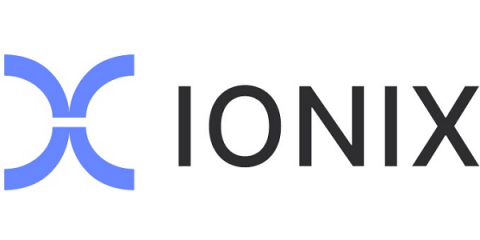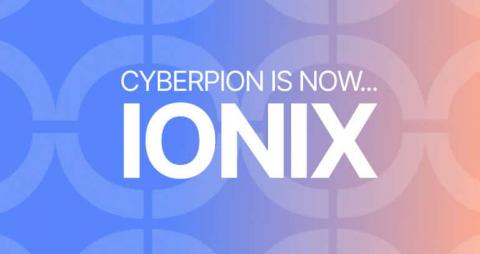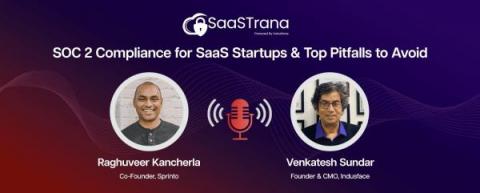Security | Threat Detection | Cyberattacks | DevSecOps | Compliance
Latest News
More than 82,000 NorthStar Medical Patients Get Exposed By Recent Data Breach
NorthStar Emergency Medical Services is an ambulance service based in Searcy, Arkansas. The company manages three EMS stations in the surrounding area and helps patients get the emergency help they need rapidly. This service provider takes medical information from patients it serves, and it may have just exposed tens of thousands of its past patients to internet hackers in a recent data breach incident.
SBOM Explained: An enterprise guide to security risk management
In this age of technology, software companies are quickly shifting towards a strict compliance posture. You may ask yourself, why is that and what has changed over the last several years? This can be due to multiple factors but can mainly be boiled down into four categories.
How Ransomware as a Service (RaaS) Can Make Anyone a Hacker
Ransomware as a Service (RaaS) has been a growing trend in recent years, enabling anyone with an internet connection to become a hacker. In the past, launching a ransomware attack required a high level of technical expertise, but RaaS has lowered the barrier to entry, making it easier for anyone to launch a ransomware attack. So, how does RaaS work, and what are the implications for businesses and individuals?
CISO and Trust: Why It Matters
Cato Protects Against CVE-2023-23397 Exploits
A new critical vulnerability impacting Microsoft Outlook (CVE-2023-23397) was recently published by Microsoft. The CVE is particularly concerning as no user involvement is required by the exploit. Once a user receives a malicious calendar invite, the attacker can gain a user’s Active Directory credentials. Microsoft has released a security update that can be found here. Cato Research strongly encourages updating all relevant systems as proof-of-concept exploits have already appeared online.
Attack Surface Management Leader Cyberpion Rebrands as IONIX
Cyberpion is Now IONIX: Redefining Attack Surface Management with the Widest Coverage and Sharpest Focus
I’m thrilled to unveil our new identity: Cyberpion is now IONIX, a name that represents our radically different approach to protecting the modern attack surface and its digital supply chain. With IONIX, you’ll discover your organization’s real attack surface, including its sprawling network of asset dependencies – while separating the signal from the noise so your security team gains laser focus on your exploitable risks.
Terraform Security Best Practices
Terraform is the de facto tool if you work with infrastructure as code (IaC). Regardless of the resource provider, it allows your organization to work with all of them simultaneously. One unquestionable aspect is Terraform security, since any configuration error can affect the entire infrastructure. In this article we want to explain the benefits of using Terraform, and provide guidance for using Terraform in a secure way by reference to some security best practices. Let’s get started!











